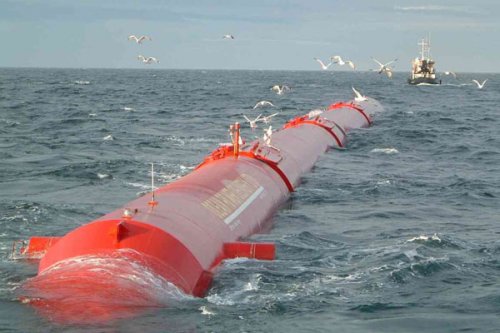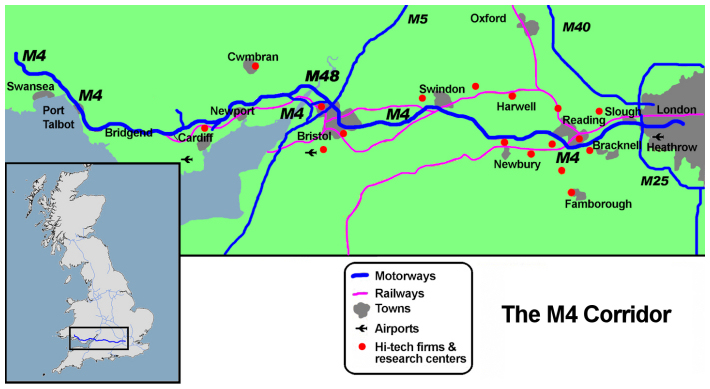Non-renewable energy is a resource that cannot be
replaced when it is used up.
Renewable energy is energy that comes from
resources which are continually replenished on a human timescale.
Solar Energy
Energy from
sunlight is captured in solar panels and converted into electricity.
Wind Energy
Wind
turbines (modern windmills) turn wind energy into electricity.

Wave Energy
The movement
of seawater in and out of a cavity on the shore compresses trapped air, driving
a turbine.
Geothermal
In volcanic
regions it is possible to use the natural heat of the earth.
Cold water
is pumped underground and comes out as steam.
Steam can be
used for heating or to power turbines creating electricity.
Hydrological
or Hydroelectric Power (HEP)
Energy
harnessed from the movement of water through rivers, lakes and dams.
Coal Energy (fossil fuel)
Formed from
fossilised plants and consisting of carbon with various organic and some
inorganic compounds.
Mined from
seams of coal, found sandwiched between layers of rock in the earth.
Burnt to
provide heat or electricity.

Oil Energy (fossil fuel)
A
carbon-based liquid formed from fossilised animals.
Lakes of oil
are sandwiched between seams of rock in the earth.
Pipes are
sunk down to the reservoirs to pump the oil out.
Widely used
in industry and transport.
Nuclear Energy
Radioactive
minerals such as uranium are mined.
Electricity
is generated from the energy that is released when the atoms of these minerals
are split (by nuclear fission) in nuclear reactors.
Natural gas
(fossil fuel)
Methane and
some other gases trapped between seams of rock under the earth's surface.
Pipes are
sunk into the ground to release the gas.
Often used
in houses for heating and cooking.






